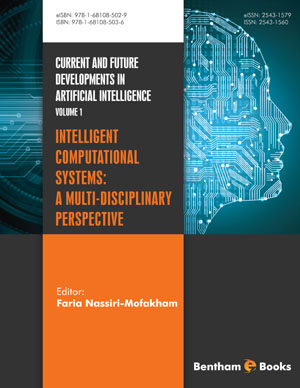Abstract
For calculating the expected loss besides the exposure at default two measures, namely the probability of default and the loss given default (LGD), have to be taken into account. While in literature much attention has been paid to the default rate the loss given default is still comparatively less investigated. Especially, as a consequence of the enhanced regulation by Basel II accord loss given default has become a much more critical measure for banks and other financial institutions as it has been before. Therefore, in this study artificial intelligence and statistical techniques are used to predict the recovery rate of corporate bonds that defaulted between 2002 and 2012. Macroeconomic factors, bond characteristics and industry specific factors are taken into account as covariates for the techniques. Starting from the base case of a plainvanilla Least Squares-Support Vector Machine (LS-SVM) two further modifications of a LS-SVM are presented. The performance of the LS-SVM happens to be significantly better than the performance of a casual linear regression approach. So, it is empirically shown that support vector regression is an approach to LGD modeling which has significant potential to be used for forecasts of the recovery rate both for banks and other financial institutions as well as for investors in distressed debt.
Keywords: Loss given default, Recovery rate, Credit Risk, Support Vector Machine.






















